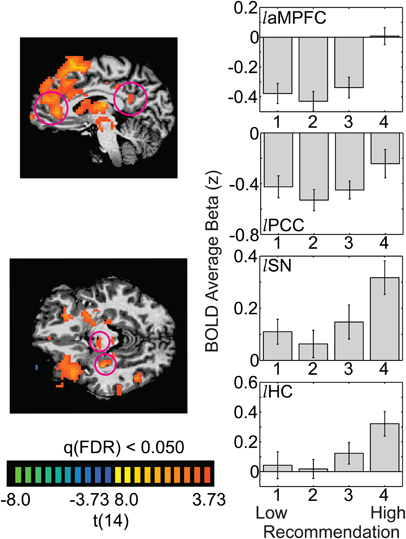
December 13th, 2015 by remkodeknikker
One of my favorite garage punk songs by English artists is the Headcoats’ ‘Art or Arse’ with Billy Childish (from Tracey Emin). With a little stretch of mind, it raises the question of all times, ‘What is Art?’. One proposition to investigate this question is to look at the neural activity during an aesthetic experience. One of the two opponents at the ‘Can neuroscience help us understand art?’ debate at NYU’s Casa Italiana, Gabrielle Starr, studied the brain activity. One of her findings is a peak activity of the occidental lobe or visual processing and the striatum or reward system of the brain. Her opponent in the debate was Alva Noe , a philosopher who spoke out against the presumption that neuroscience can help us understand the true value of art. Read more of this article »
Posted in Arts, Neuroesthetics, New York, Philosophy, Science, USA
October 26th, 2003 by Charlene Caprio
Hiram Bingham wrote in his book Lost City of the Incas, ìIt will be remembered that it was in July 1911, that I began the search for the last Inca capital.î
The place he was referring to was not called Machu Picchu, but Vilcabamba. There, the last Inca ruler Manco built a fortress to rebel against the invading Spaniards. He chose a location deep in the jungle of the Andes, inaccessible by Spanish horses. Mancoís men shot arrows through any Spaniard trying to attack Vilcabamba by foot.
The Inca’s √ɬ¨Great Rebellion√É¬Æ lasted until 1572, when the Spaniards captured Manco√ɬ≠s third ruling son, Tupac Amaru. They brought him to the main square of Cusco, the great Inca city besieged by Spaniards, and beheaded him. Don Francisco de Toledo, the Viceroy of Peru ordered that Tupac Amaru√ɬ≠s body be dismembered to bring fear to the remaining Incas and to suppress any future uprisings. Thus ended the Inca civilization in Peru.
Bingham searched for Vilcabamba because it was believed that the Incas brought their treasures there for final safekeeping. He had heard about the site while tracing Spanish colonial routes in the Andes. Local farmers tried to convince Bingham that another Inca site called Choqquequirau (ìCradle of Goldî) was indeed Vilcabamba. But the meager findings at the site did not convince him. Bingham returned to Yale University, where he was professor, and planned his search for Vilcabamba.
In 1911, with financial support from Yale, Bingham traveled to southern Peru with two colleagues. They hired local guides in Cusco and set out to find the last Inca capital. They ventured through the Inca sacred valley, along the banks of the sacred river Urubumba, and up into the Andes Mountains. Read more of this article »
Posted in Archaeology, Peru
